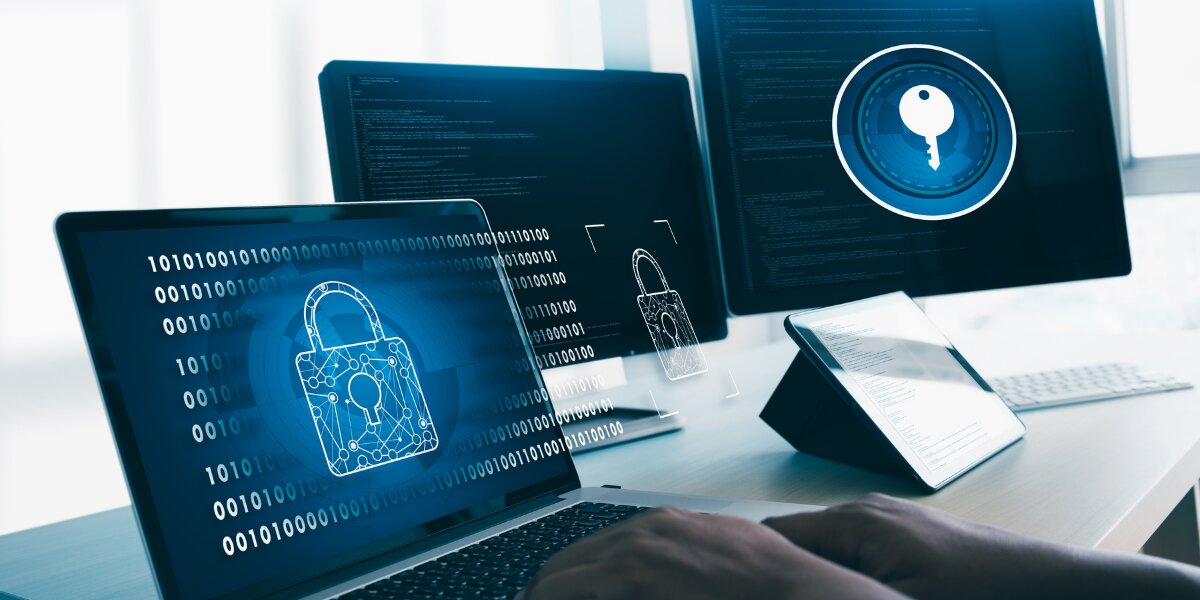
In recent years, the landscape of our working environment has undergone a significant transformation, and the shift towards remote work, accelerated by global events, has brought about a new era of flexibility and connectivity. However, this transition also introduces a myriad of cybersecurity challenges, as we navigate through this digital era, understanding and mitigating these risks is paramount to ensure the safety and integrity of our data and systems.
To combat these challenges, businesses must implement robust IT security solutions:
As the trend towards remote work continues to grow, so does the importance of robust cybersecurity measures. By understanding the unique challenges posed by remote work and implementing comprehensive IT security solutions, businesses can protect themselves against cyber threats and ensure a secure and productive working environment. It’s not just about technology; it’s about fostering a culture of cybersecurity awareness and vigilance.
Stay ahead of tech challenges with expert insights delivered straight to your inbox. From solving network issues to enhancing cybersecurity and streamlining software integration, our newsletter offers practical advice and the latest IT trends. Sign up today and let us help you make technology work seamlessly for your business!
For more insights and guidance on cybersecurity, visit our blog or explore our services.
Lorena Castillo. 2023. Remote Work Cybersecurity Statistics [Fresh Research]. Gitnux. Remote Work Cybersecurity Statistics [Fresh Research]
This post was published on 30. January 2024
For startups and small-to-medium enterprises (SMEs), standing out in today’s competitive market can feel like…
In today’s fast-paced digital world, companies are constantly seeking ways to improve operational efficiency, accelerate…
Introduction: As businesses move towards digital transformation, the risk of cyber threats increases exponentially. Cybersecurity…
Introduction: In an era where businesses generate vast amounts of data, making sense of it…
Introduction: The rapid evolution of technology has made cloud engineering solutions a fundamental part of…
Introduction: In today’s hyper-competitive digital landscape, businesses can no longer rely solely on intuition when…